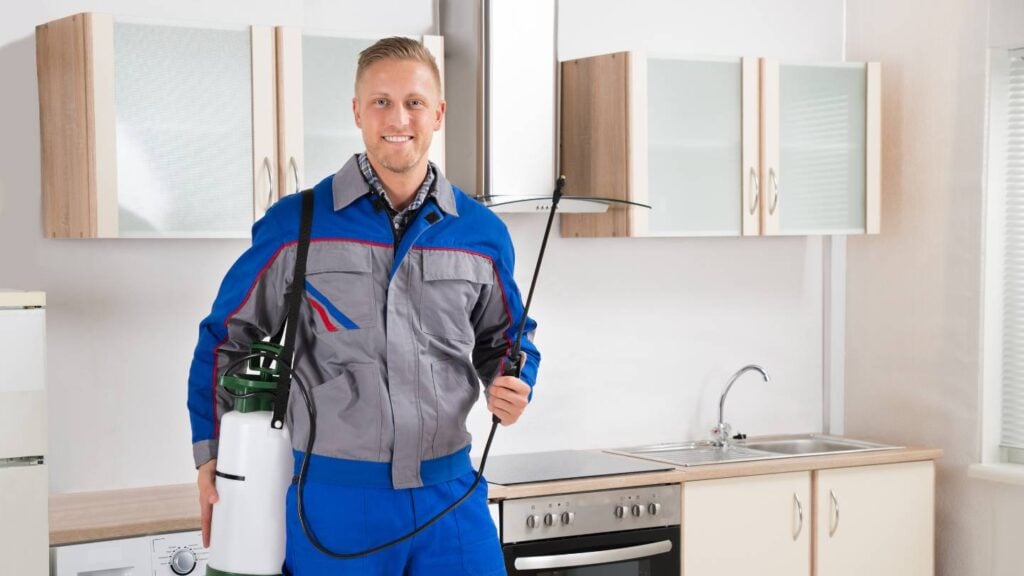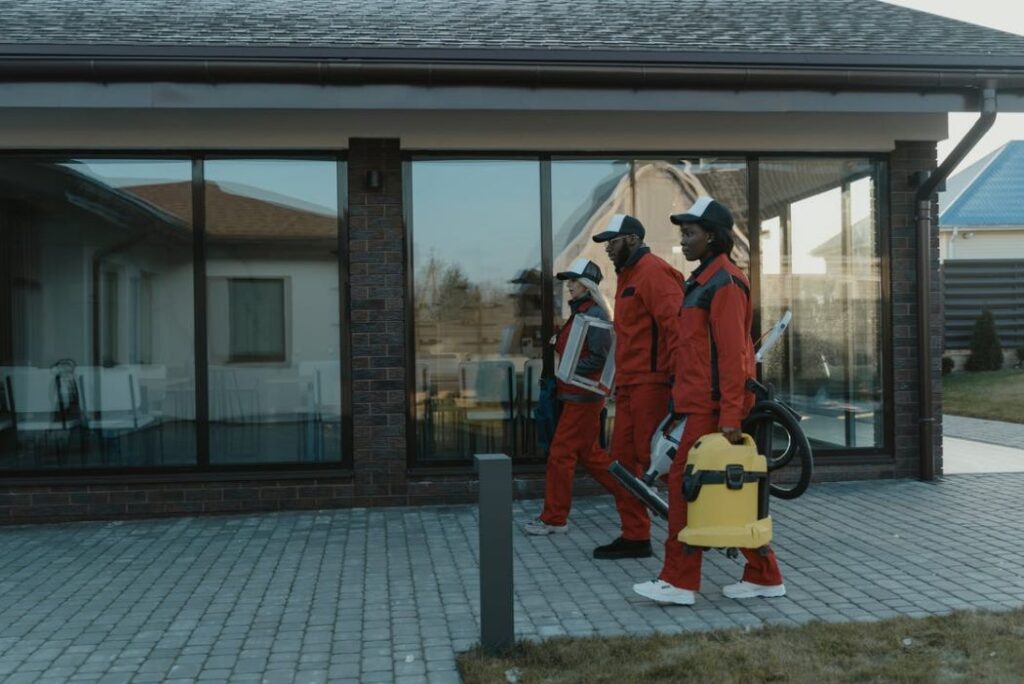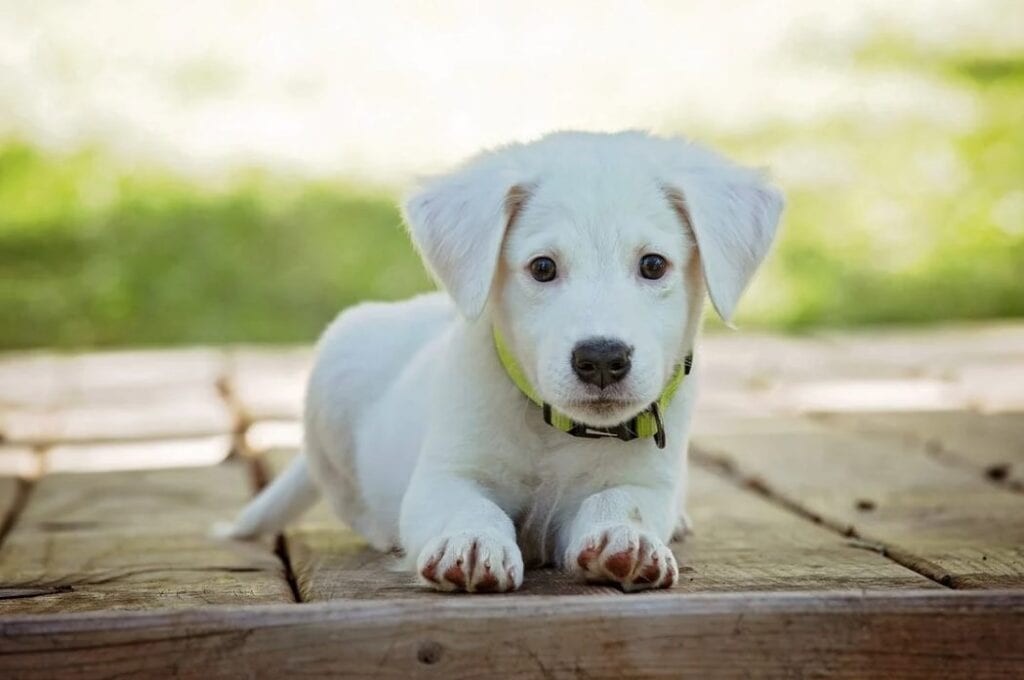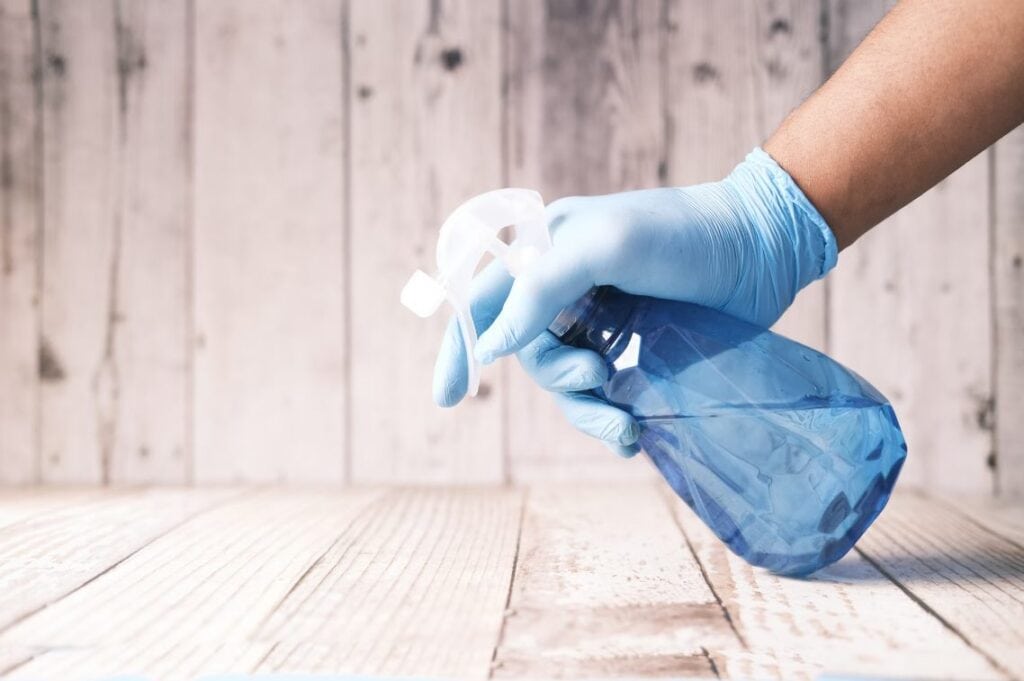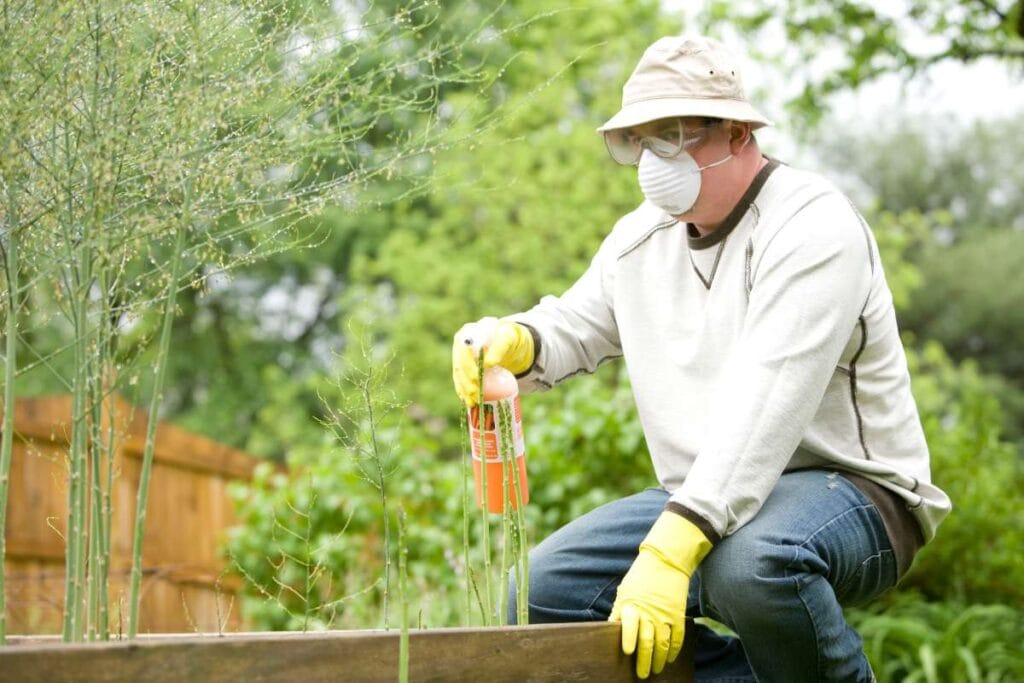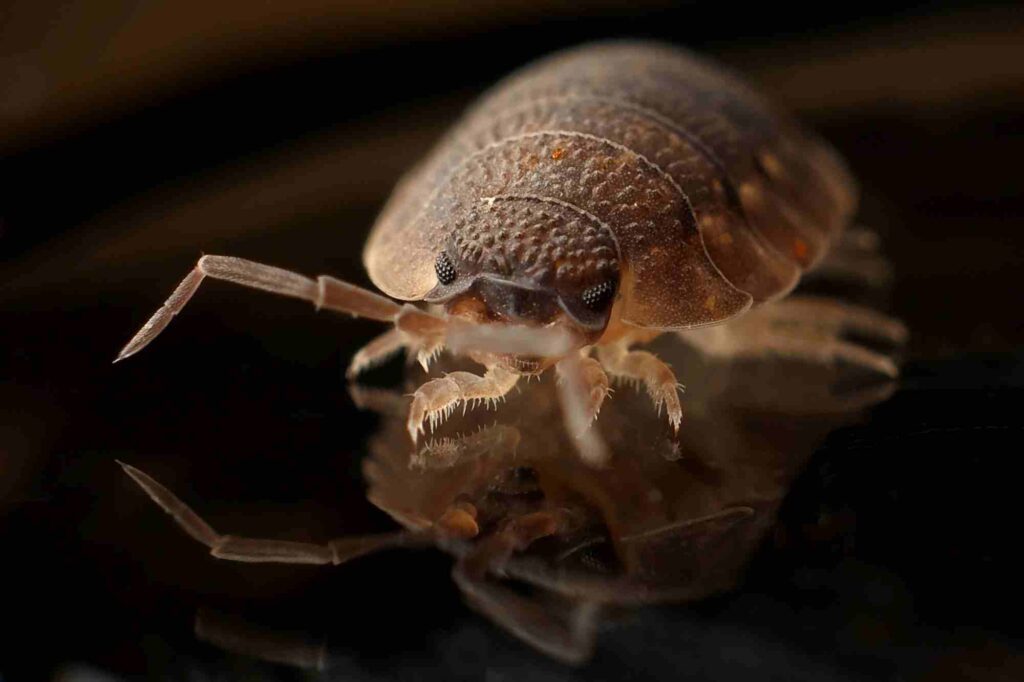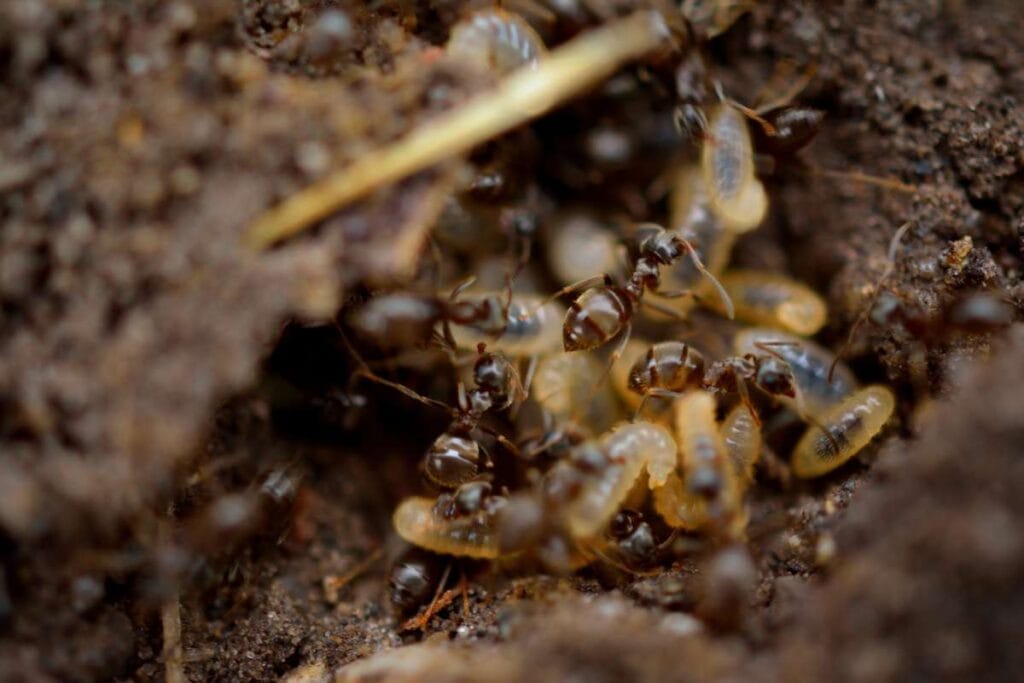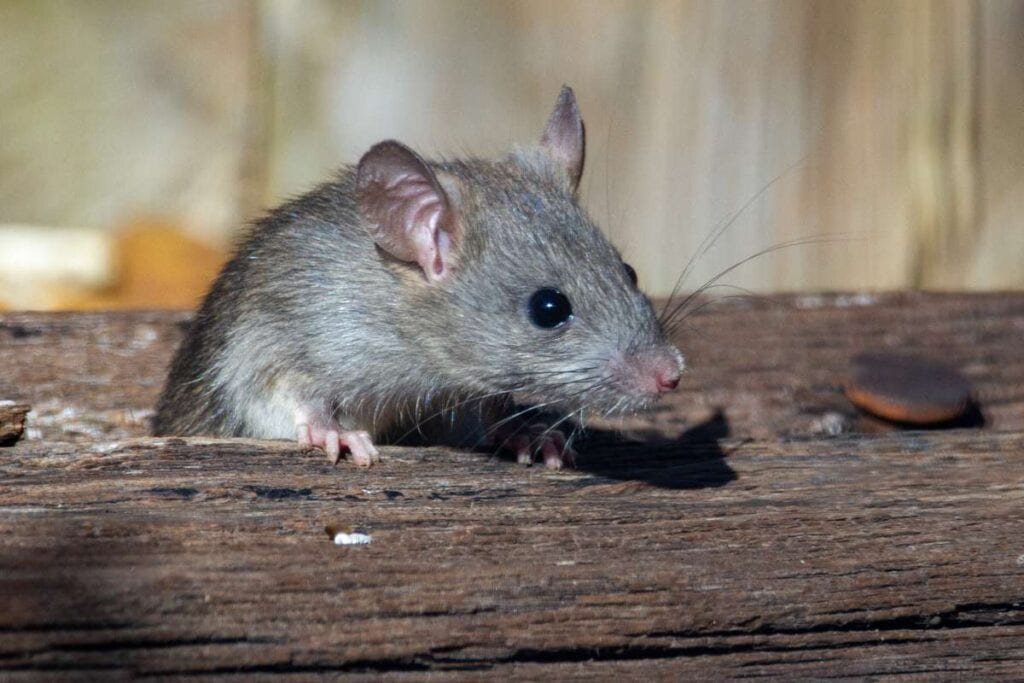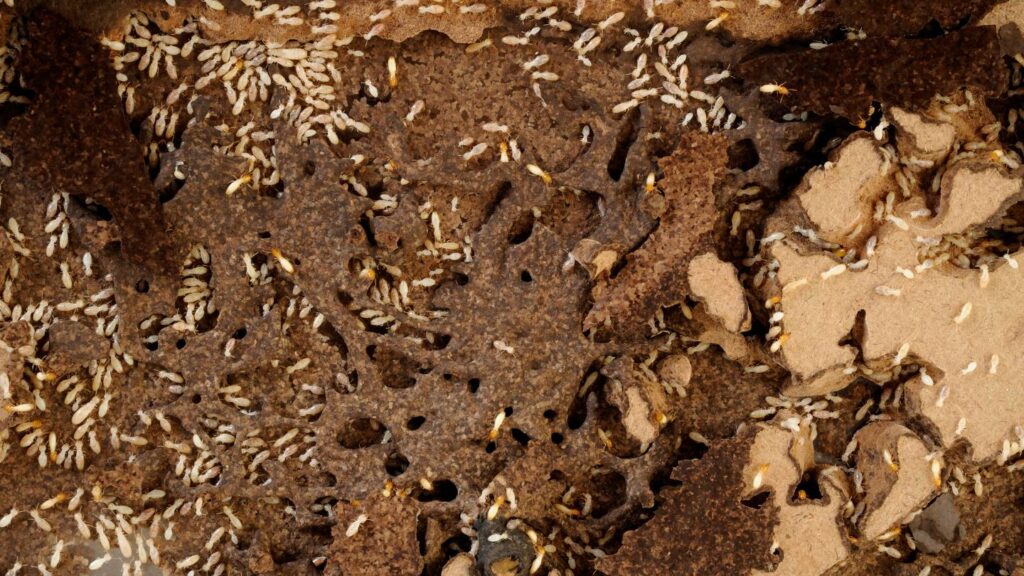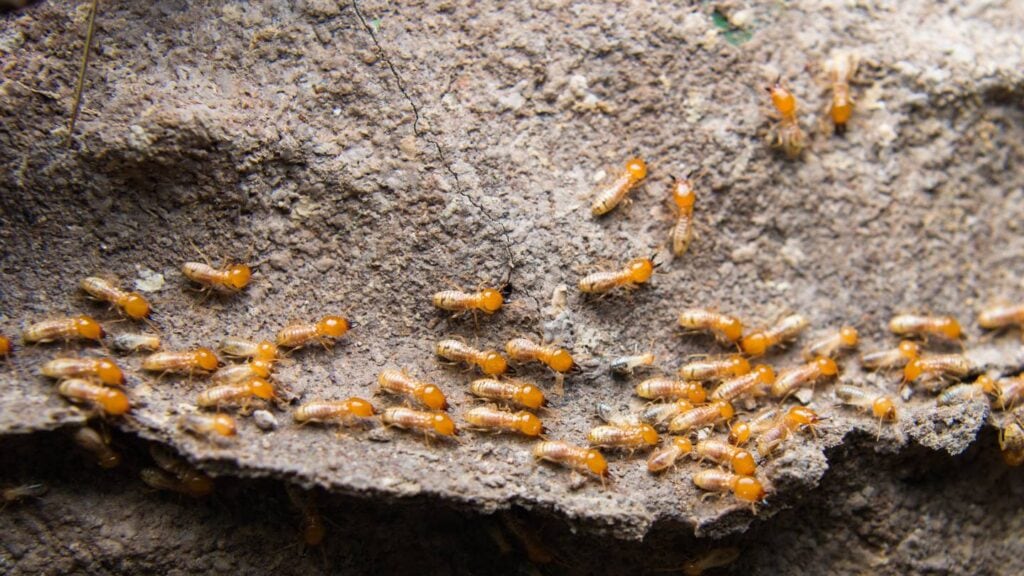Various animals could make your home if the cracks in the seal are not filled with caulk, and some could perish inside. Your house's underground space or undercarriage is the most likely entry point for pests. Following these steps will help you find the carcass and remove it correctly.
After An Animal Dies Beneath Your House, What Should You Do?
It is common for tiny animals, such as rodents, to perish beneath homes, businesses, and barns in rural areas. Disposing of the bodies is challenging and requires entry to areas beneath your home's flooring or basement. Removing these dead bodies is crucial since it improves cleanliness and stops the house from smelling terrible. When you find the carcass of an animal under your house, what do you do next?
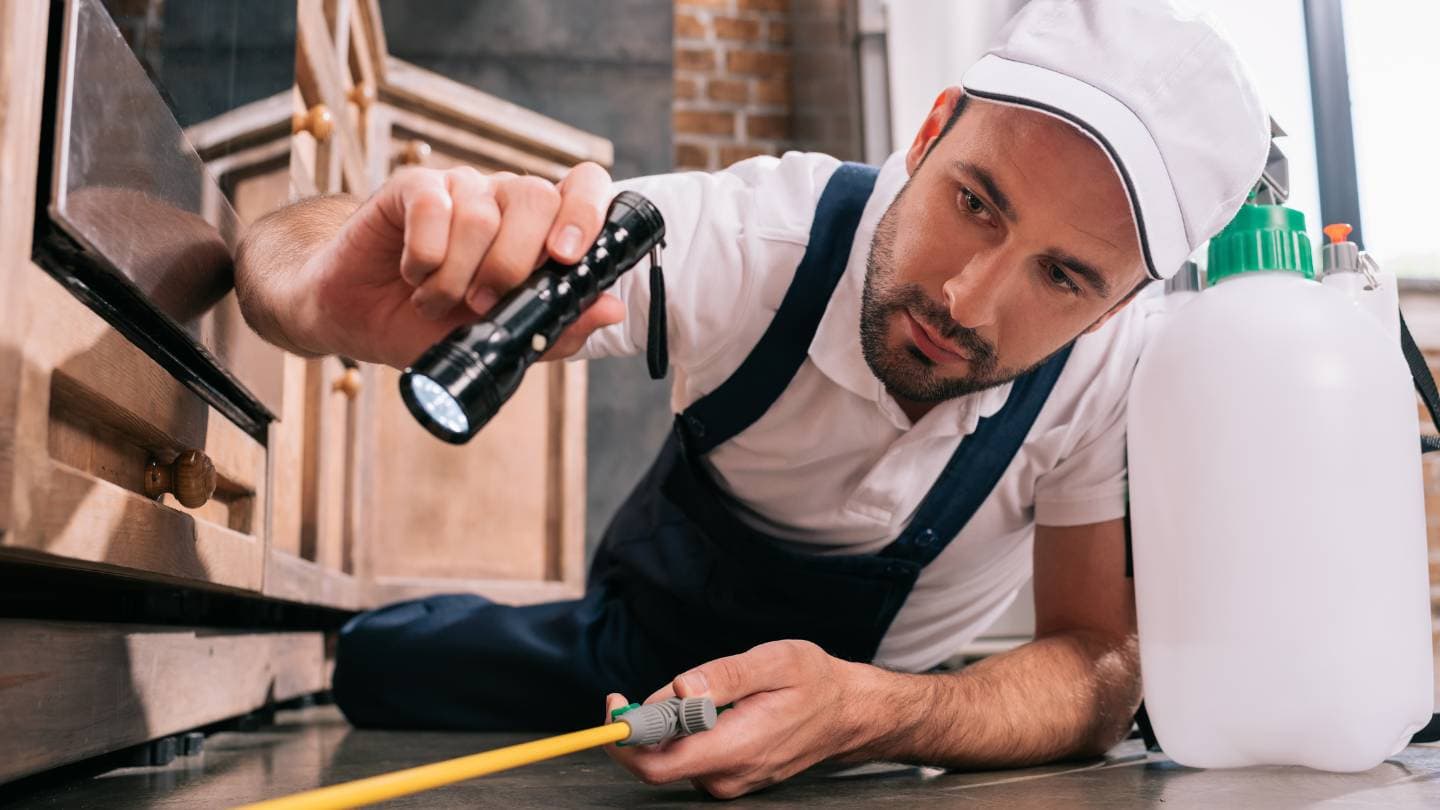
Get Things Done Before It's Too Late.
When you first see anything—anything—under your house, you should investigate it. Only then can you deal with a dead animal. Many individuals will procrastinate too much, even if this seems like a "duh" statement. People usually notice this issue for the first time when they either smell the stench or see the animal.
Retrieve Them By Digging.
Concrete floors are not commonly found in barns and house additions. Because rodents may easily create tunnels that lead straight into these rooms, they are a prime target for these pests. Try digging out the corpse from the floor if you find it beneath your house.
If the animal has perished close to the ground, a hoe should be able to get the job done. Make sure to cover the hole as you remove the body. Be careful not to undermine the barn's foundation by excavating too deeply or too close to the pillars. Also, avoid digging into concrete floors; doing so can compromise the foundation and lead to expensive floor repairs.
Using Water
Sometimes, the animals are buried so deep that retrieval by digging is not possible. Plus, those who live in homes with concrete flooring will never be able to remove the bodies. The ideal course of action is to find the entrance to the tunnel via which the animal perished and to flood it with water.
Assuming there is just a single tunnel, this could force the body to exit via the opposite end. But rats are notoriously good diggers and insist on a tunnel system. The water will force the body farther into the tunnels in such a situation. This lessens the likelihood that the smell of the deceased animal will reach you.
Burying The Tunnel
This might be the most traditional approach. Burying the tunnels is an option to consider when retrieving the carcasses becomes impossible or when the water technique fails. All you have to do is find a few exits and add a lot of pepper.
If you put pepper in your house, no other living things can use the tunnels to get into your house or vice versa. Another option is to use ammonia or mothballs. After that, fill the tunnels with dirt on both sides and leave the body behind.
Take Care Of The Carcass's Disposal.
Using the right gloves to place the animal in a trash bag and dispose of it by local standards should be obvious if you can see the animal.
Handle The Problem Of A Seemingly Dead Animal.
Many people will go unnoticed if they only detect an odour. Here is where things start to get dicey. As the animal remains under your house for an extended period, the stench will intensify due to the bacteria and decaying flesh. Additionally, this will greatly complicate the cleanup process.
Does it smell unpleasant? Do some research. Although it may be nothing more than spoiled food or trash, it is still worth investigating.
Find The Vents In Your Foundation And Check That The Screens Are Still In Place.
Without one, the likelihood of an animal being the source of the odour increases.
Track Down That Odorous Rodent By Venturing Into The Crawl Area.
The most direct route to the carcass would be to follow the smell with your nose. However, they frequently climb up into your attic without removing all of the insulation, making the situation much more difficult.
The first thing you should do before removing insulation is to search for a drooping area that is lower than the rest. The second piece of advice is to keep an ear out for flying insects; they will most likely indicate the location of the carcass.
Everything That Comes Into Touch With The Animal Must Be Cleaned, Removed, And Replaced Correctly.
The most basic cleaning solution is water and bleach, but several excellent commercial options exist.
Try using an enzyme cleanser to lessen the stench of the deceased animal's decay.
Seek Assistance From Experts.
If the smell from the carcass is too strong for you to handle, it may be time to call in the pros at animal removal services. Their specialist talents are effective and comprehensive, but the process is costly.
When An Animal Dies, What Does It Smell Like?
The stench of decay is difficult to put into words, but anyone who has ever sniffed the putrid stench of a dead animal will know something is wrong. Unless the corpse starts to rot in your house or yard, you might not realise you have a dead animal problem.
Expert advice: a musty smell does not indicate a dead animal problem if it appears out of nowhere. It is more probable that mould and dampness are to blame.
The rotting carcasses release a cocktail of chemicals that scientists have identified as the source of the unpleasant odour. These include sulphur dioxide, methane, benzene derivatives, and other hydrocarbons.
Depending on the animal's size and the surrounding environment, there may be an odour from the deceased animal for weeks, days, or months after it dies. Even after the animal's carcass has dried, the stench will be there.
Factors Affecting The Smell
Several factors significantly impact how strong the smell of a dead animal is:
- Size of the animal: The stench of decaying flesh is more pungent in larger animals since they produce more meat. A dead opossum or racoon's odour is more overpowering than a dead mouse's.
- Species: Decomposition odours are not universal; they vary from one species to another.
- Location of the dead carcass: The foul odour will be more intense and last longer if the animal dies in a poorly ventilated room, like the middle of a wall, inside the house.
- State of decomposition: The duration it takes for the smell of a dead animal to dissipate is proportional to the animal's size and the conditions under which it was killed. Decomposition may not begin for a few days. Initially, the smell is faint but becomes more noticeable as the body rots away. Eventually, when the fluids drain out, the smell fades.
- As the corpse has dried up entirely, the stench will go away, and it will go away quickly as the larvae begin to feed on it.
- Humidity and temperature: The decomposition rate is accelerated, and the intensity of odours increases when the temperature inside or outside the house increases. The scent of a dead animal is more noticeable in muggy weather.
- Damp conditions also hasten deterioration.
- The air circulation in the house significantly impacts how the carcass smells. For instance, if the carcass is located in the attic, the stench can be more noticeable in the morning because the air gets cooler at night and settles into the house.
However, the smell of dead animals may be less noticeable when the air rises and warms in the afternoon.
No matter how strong the scent of a dead animal is, most people can't stand to be around it for too long because of how stinky it is.
Hiring A Professional To Remove Dead Animals From Your Home Or Land
It is never a good idea to try to remove a dead animal from your house or yard by yourself. Most people have no idea how to remove a deceased animal from its location properly. Even after they've died, animals pose a threat due to the diseases they may carry. If you're still not convinced, here are some more reasons why you should never try to remove a dead animal from your house or property on your own.
Professionals In Animal Exclusion
Professionals are specialists in what they do, so you should contact them to remove the deceased animal. They have learned throughout the years how animals behave in different ways, how to reduce danger, and how to keep everyone safe. They employ methods that guarantee the carcasses' removal will be done safely, timely, and efficiently.
Save Money Compared To Other Options
Hiring professional wildlife removal services is a better, less expensive, and risk-free option. You, your family, and your possessions are still very much at risk from a dead animal. Hiring a professional to remove the animal is preferable to damaging your home or incurring medical expenses due to the spread of disease. Then, you won't have to worry about ruining your house or going into debt to cover costly medical expenses.
Experienced, Licenced, And Insured
Authorities and organisations in the area certify businesses that specialise in animal removal. Both you and them will be protected in the event of an accident or damage because they have the licences and insurance to remove wildlife legally. So, to ensure the safety of yourself and your house, it is best to employ a specialist.
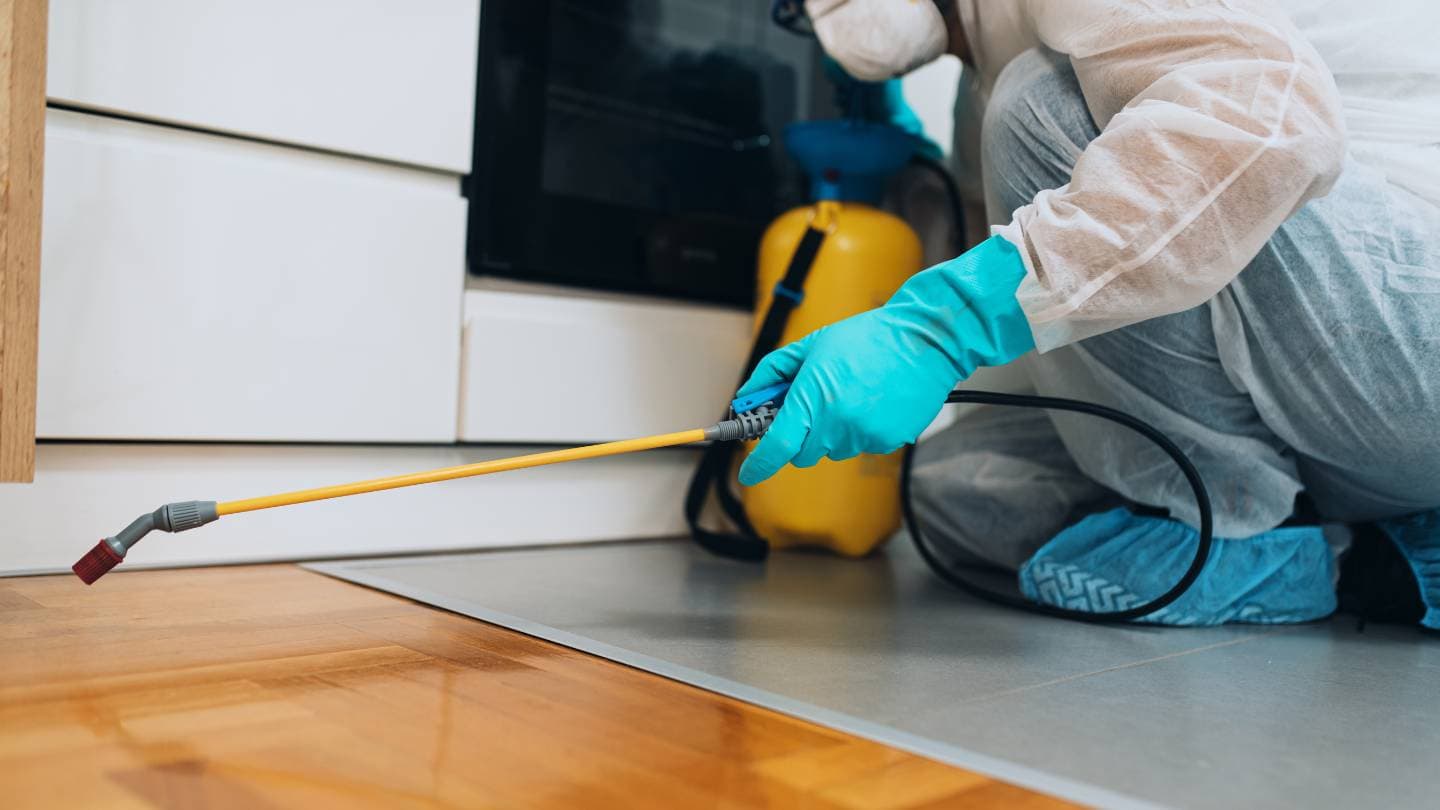
Quick Removal
If you don't want to waste time and effort trying to figure out what to do with a dead animal on your property, you can contact an animal removal service. They have perfected swiftly removing carcasses thanks to their years of experience. Your property can return to its usual state far more quickly.
They Handle All Aspects
A professional will take care of everything when they remove a dead animal from your property, which is one of the most noticeable benefits of hiring them. In addition to hauling away the carcass, they will search your home for other creatures hiding inside, remove them, and ensure no more wild animals can get inside. When you hire an animal removal service, they may even offer to fix the areas of your property that the wild animal harmed.
Conclusion
No caulk needs to be used to fill in holes in the seal so dead animals can live there. Some of them may die inside. Pests are most likely to get into your home through the ground or under the floor.
It's normal for things to smell like a dead animal, but mould and dampness are more likely to be blamed. As the bodies break down, they release chemicals such as sulphur dioxide, methane, benzene derivatives, and other hydrocarbons that can stay in the air for days, weeks, or even months after the animal has died. Size of the animal, type, location of the body, stage of decomposition, humidity and temperature, and airflow in the house are all things that can change the smell.
You shouldn't try to get rid of a dead animal on your own in your home or on your land. The people who do animal removal are experts who know how to keep everyone safe by reducing the danger that animals pose. They use methods that ensure removal that is safe, quick, and effective.
Hiring professionals to get rid of wildlife is safer, less expensive, and better than letting it damage your home or cause you to get sick and have to pay for medical bills. Animal removal companies are licenced by authorities and organisations, which gives you and the company the licences and insurance you need.
When you hire an animal removal service, you can get rid of the animals quickly. They take care of the whole process, from taking away the body to checking your home for other animals that might be hiding there and making sure no more wild animals can get in. Some of them might even offer to fix up parts of your property that the wild animal could not fix.
Content Summary
- Ensure cracks in the seal are filled with caulk to prevent animals from entering.
- The underground space is a common entry point for pests.
- Steps were provided to locate and remove a dead animal under the house.
- Tiny animals like rodents may perish beneath homes, businesses, and barns.
- Proper disposal of dead bodies is crucial for cleanliness and odour prevention.
- Prompt action is necessary to prevent a terrible smell in the house.
- Investigate any sighting under the house immediately.
- Procrastination can lead to intensified odours and cleanup complications.
- Digging is suggested for concrete floors where animals may create tunnels.
- Be cautious not to compromise the foundation while digging.
- Water flooding is an alternative for deep-buried carcasses.
- Burying tunnels with pepper, ammonia, or mothballs is a traditional approach.
- Proper disposal of the carcass using gloves and a trash bag is essential.
- A musty smell may not indicate a dead animal problem; investigate thoroughly.
- Check vents in the foundation to prevent animals from entering.
- Venturing into the crawl area helps locate and remove odorous rodents.
- Clean, remove, and replace everything that comes into contact with the animal.
- Water and bleach or commercial options are suggested for cleaning.
- Enzyme cleansers help reduce the smell of decaying animals.
- Consider seeking assistance from professional animal removal services.
- Professionals have effective and comprehensive skills but can be costly.
- The smell of a dead animal is distinct and intensifies over time.
- Expert advice on distinguishing musty smells from dead animals.
- Decomposition releases chemicals causing the unpleasant odour.
- Odour duration varies based on animal size and surrounding conditions.
- Factors like species, location, and state of decomposition impact smell.
- Humidity and temperature influence decomposition and odour intensity.
- Air circulation in the house affects how the carcass smells.
- The stench of dead animals is strong and unbearable for most people.
- Hiring professionals is recommended for safe and proper removal.
- Dead animals may carry diseases, posing a threat to those handling them.
- Professionals are experienced in animal behaviour and safety measures.
- Hiring professionals is a cost-effective and risk-free option.
- Specialists have licences and insurance for legal wildlife removal.
- Quick removal is ensured by professionals with years of experience.
- Professionals handle all aspects, from carcass removal to property repair.
- Hiring professionals prevents damage to the home and medical expenses.
- Professionals may fix areas of property damaged by wild animals.
- Cracks in the seal should be filled promptly to prevent animal entry.
- Prompt action is necessary to locate and remove dead animals.
- Proper disposal of carcasses is essential for cleanliness and odour prevention.
- Investigate any sighting under the house immediately to prevent odours.
- Digging is suggested for concrete floors where animals may create tunnels.
- Water flooding is an alternative for deep-buried carcasses.
- Burying tunnels with pepper, ammonia, or mothballs is a traditional approach.
- Use gloves and trash bags for proper disposal of dead animals.
- Musty smells may not indicate a dead animal problem; investigate thoroughly.
- Check vents in the foundation to prevent animals from entering.
- Venturing into the crawl area helps locate and remove odorous rodents.
- Hiring professionals is recommended for the safe and proper removal of dead animals.
Frequently Asked Questions
Over time, the odour may dissipate, but it could take weeks or even months. Removing the animal speeds up the process and prevents further issues.
Seal all potential entry points, such as wall gaps, vents, and foundations. Regularly inspect these areas and address any new openings promptly.
Yes, especially in colder months or during breeding seasons. Animals might seek shelter and, unfortunately, get trapped or die for various reasons.
It's possible, as the scent can attract scavengers. Properly sealing entry points and promptly removing the carcass can prevent this.
If unsure or uncomfortable handling it yourself, it's best to contact pest control, animal control, or a wildlife removal service. They have the expertise and tools to handle it safely.

